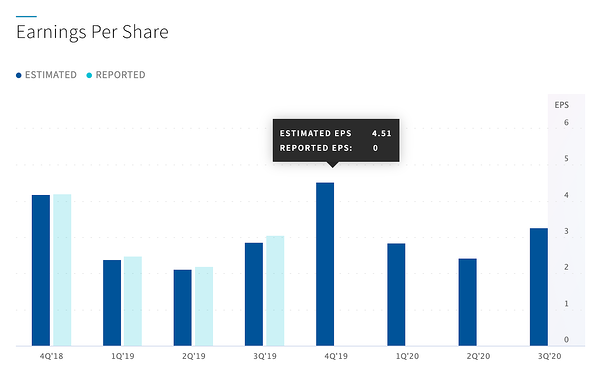Revenue Forecast
Revenue Forecast
What is Revenue Forecasting
Definition:
Revenue forecasting is the process of estimating and predicting a company’s future income based on historical data, market trends, economic indicators, and other relevant factors. It involves analyzing past revenue patterns, market dynamics, and internal and external influences to project expected revenue streams over a specified period, such as a fiscal quarter or year.
Importance of Revenue Forecasting:
- Strategic Planning: Revenue forecasting provides valuable insights for strategic planning and decision-making. By projecting future revenue streams, businesses can set realistic goals, allocate resources effectively, and develop actionable strategies to achieve desired financial outcomes.
- Resource Allocation: Accurate revenue forecasts enable businesses to allocate resources, such as capital, manpower, and inventory, more efficiently. It helps optimize budgeting and investment decisions, ensuring that resources are deployed in areas that yield the highest returns and support organizational priorities.
- Risk Management: Revenue forecasts serve as an early warning system for potential risks and uncertainties impacting financial performance. By identifying revenue trends, market shifts, and external factors, businesses can proactively mitigate risks, implement contingency plans, and safeguard against adverse outcomes.
- Performance Evaluation: Revenue forecasts provide a benchmark for evaluating business performance and measuring progress against targets and objectives. By comparing actual revenue results with forecasted figures, organizations can assess their financial health, identify performance gaps, and take corrective actions as needed.
Key Components of Revenue Forecasting:
- Historical Data Analysis: Analyzing historical revenue data and trends to identify patterns, seasonality, and cyclical fluctuations that may influence future revenue performance.
- Market Research and Trend Analysis: Conducting market research and trend analysis to understand industry dynamics, competitive landscape, customer behavior, and market demand drivers.
- Economic Indicators: Monitoring economic indicators, such as GDP growth, inflation rates, consumer spending, and interest rates, to gauge broader economic trends and their potential impact on revenue generation.
- Sales Pipeline and Customer Insights: Leveraging sales pipeline data, customer feedback, and sales forecasts to anticipate revenue generated from existing customers, new acquisitions, and upselling opportunities.
- External Factors and Events: Considering external factors and events, such as regulatory changes, geopolitical developments, natural disasters, and technological advancements, that may influence revenue forecasts.
Challenges and Considerations:
- Uncertainty and Volatility: Revenue forecasting is inherently subject to uncertainties and volatility, especially in rapidly changing business environments. Businesses must account for potential fluctuations and adapt their forecasting models accordingly.
- Data Accuracy and Integrity: Ensuring the accuracy and integrity of data inputs is crucial for reliable revenue forecasting. Businesses should invest in robust data collection, validation, and analysis processes to minimize errors and biases in forecasting models.
- Assumptions and Sensitivity Analysis: Revenue forecasts are based on various assumptions and inputs. Conducting sensitivity analysis and scenario planning helps assess the impact of different variables and assumptions on revenue projections, enhancing forecast accuracy and resilience.
- Continuous Monitoring and Adjustment: Revenue forecasting is an iterative process that requires continuous monitoring and adjustment based on changing market conditions, emerging trends, and performance feedback. Businesses should regularly review and refine their forecasting models to reflect evolving dynamics and insights.
Key Takeaways:
- Revenue forecasting is a critical aspect of financial planning and management, enabling businesses to anticipate future revenue streams, allocate resources effectively, and mitigate risks.
- By leveraging historical data, market insights, and predictive analytics, businesses can develop more accurate and reliable revenue forecasts that support informed decision-making and strategic alignment.
- Continuous monitoring, validation, and refinement of revenue forecasting models are essential to adapt to evolving market dynamics, optimize resource allocation, and drive sustainable business growth.





